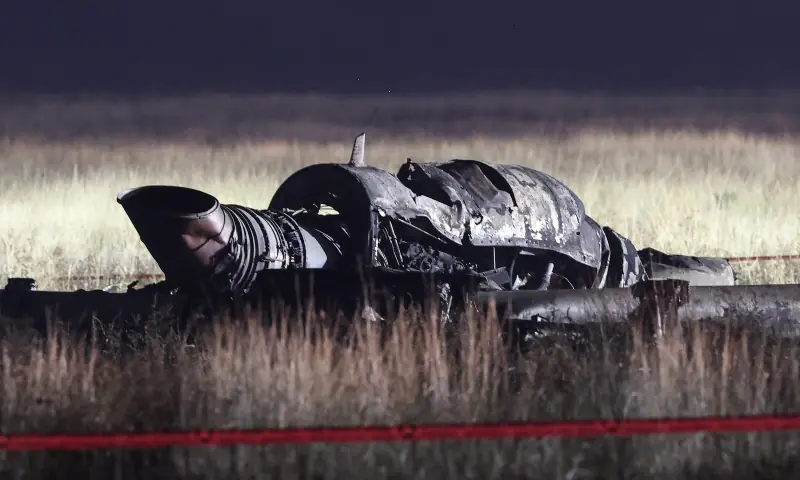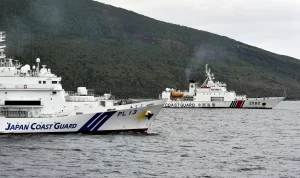How does a routine return flight end in disaster? On Tuesday, a Turkish military C-130 cargo plane took off from Ganja, Azerbaijan.
It was heading home — but never made it.
Shortly after crossing into eastern Georgia, the plane crashed, killing all 20 people onboard, including the flight crew.
Eyewitness footage shows the aircraft spinning out of control.
Debris scattered as it fell near the Sighnaghi area, just five kilometres from the Azerbaijan border.
Georgia’s air traffic control said the plane disappeared from radar without sending a distress signal.
“Our heroic comrades-in-arms were martyred,” Turkey’s Defence Minister Yasar Guler said, posting 20 photos of the victims on social media.
Crash Investigation Underway
The cause of the crash remains unclear, leaving families and nations searching for answers.
Global condolences poured in.
Pakistan stands in full support of our Turkish brothers and sisters in this hour of grief.”
The C-130 Hercules, made by Lockheed Martin, has been a workhorse for military operations worldwide.

Pakistan’s Deputy Prime Minister Ishaq Dar expressed solidarity. “Our thoughts and prayers are with the families of the departed.”
Yet even the most trusted machines are not immune to tragedy.
In moments like these, we are reminded that despite advanced technology and meticulous planning, life can turn on a dime.
Courage, loss, and grief take flight instead.





